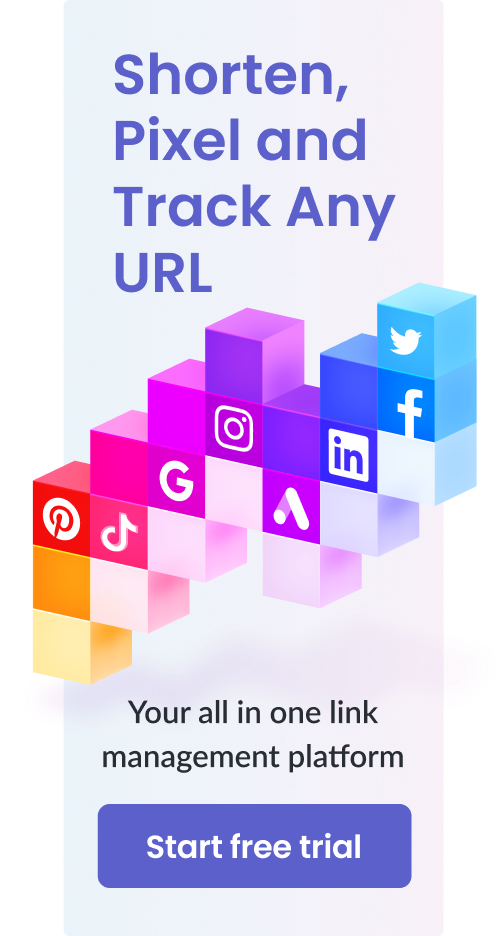6 Tips for Marketing Online to an International Audience – Quick & Easy Guide, Helpful Advice & More
Table of Contents
The rapid introduction of the internet has completely changed the world of business. Not just because it enable people to access any type of information quickly, but it opened many doors to marketers and business owners wishing to expand their business.
Spreading to the global market is the next step for every successful and ambitious business, but the question is how to attract an international audience? There are several things you can do to improve your online marketing on a global level, and we’re going to mention the most important ones.
Reasons to Go Global
First, you must be sure that you are ready to take this step. It demands from you to make an investment and not just invest your money but your time and energy as well. However, it is a necessity if you want to expand and increase your sales rate.
According to the U.S. Small Business Administration, 96% of the world’s consumers live outside of America. Just think about all the people you could reach if you properly market your business globally.
Some of the benefits of international expansion are:
- Diversified customer base
- Foreign investment opportunities
- Longer sales life of your products
- Reducing dependence on the current market
- Opening doors which are unavailable in your existing market
These are just some of the many reasons to go global. Now, let’s get more into how you can make this happen.
6 Tips for Marketing Online to an International Audience
1. Define Your Target Audience
To create an effective marketing campaign, you need to know who you will target.
People’s preferences are largely defined by their culture and surroundings. You are probably aware that you can’t market to consumers in Asia and America similarly.
Besides the countries you want to target, you also need to think about the following:
- Age of your customers
- Location Gender
- Income level
- Education level
- Marital or family status
- Occupation
- The ethnic background of your customers
These facts will help you to narrow down the target consumers. Defining your audience will help you to make a precise online campaign that will bring real results.
You can even use social media analytics to compile data. Just focus on which type of consumers like the type of product or service which you offer.
2. Localize Your Website
Website localization is a must if you want to appeal to your international audience! Take into consideration that 78% of online shoppers are more likely to purchase from localized online stores.
Localization is more than a simple translation. It also involves adapting to the target culture, adapting local formats, converting units and measures, and all other necessary steps leading to appealing to the target audience.
A word-by-word translation can harm your business because if you, for example, don’t show prices in their currency, they might exit your website right away. People like to access important information fast.
Ultimately, localization is the key to great customer service.
3. Be Culturally Aware
Speaking of localization, you should also be culturally aware of whatever demographic you intend to market your brand to.
Naturally, it can’t always be possible to actually physically go to a country that you want to market your product to and truly immerse yourself in the culture. However, we live in a digital age and you can use that to learn about your target demographics well.
This will ensure that you don’t offend the audiences you’re trying to introduce your brand to.
Due to this, you may have to analyze your past marketing tactics that may have worked in your home country but might not work with other international audiences.
There have been several examples in history where brands have severely offended cultures or countries with their marketing content. This often leads to a downward trend when it comes to their popularity and sales within that particular country.
Some examples of companies messing up by not being culturally aware include:
- The brand Coors had a slogan “Turn it Loose.” While that may seem like a fun slogan for an American audience, that phrase in Spanish, unfortunately, means to have diarrhea.
- An Iranian razor manufacturer had the brand name “Tiz” which meant “sharp” in Persian. However, when they started to export their product to nearby Qatar, they learned that “Tiz” was the Arabic slang word for “buttocks.”
4. Establish a (Local) Social Media Presence
When it comes to establishing local social media pages for an expanding international audience, you have two options:
- Have a singular page for your brand on social media platforms
- Have multiple pages for your brand on social media platforms
The first option is much easier to manage and also requires a much smaller budget. The way it would work for international audiences is that the page would be translated automatically through the social media platform’s translator.
While this approach does save you a ton of money and resources, it’s not the ideal way to go. Automatic translators are often incorrect. Furthermore, even if they translate correctly, the core messaging and tone of your branding may still be lost.
The second option is definitely a lot better if you want to truly connect with international audiences and really make them feel heard.
It can be a good idea to hire locals as social media managers remotely as they are much more in touch with the wants and needs of their local population.
Naturally, this approach would require a much larger budget and more manpower. It’s definitely the better option, but it’s something that you can consider once your company reaches that scale.
5. Use a Content Delivery Service

We’ve talked at length about how you must strive to ensure that the buyer experience is as smooth and free from hurdles as possible.
A very important aspect of this is to ensure that your website is well-optimized, well-structured, and stable. You don’t want to have high loading times for your local audience and this remains true for your international audience as well.
As you expand to an international audience, the fact that you serve your website from a singular location can be detrimental. This is because no matter how good your service is, if a potential customer is too far away from where your server is, they will experience longer load times.
A way to combat this is to use a content delivery service (CDN). A content delivery service will have several different servers around the world that will host your website. In this way, your potential customers can visit your website using the server that is closest to them.
6. Research Local Laws and Regulations
Remember that laws and regulations can be very different for other countries than your local ones.
There are several things you must take into account, such as what your product is, what it’s used for and how it’s made. Furthermore, you must also take into account what the laws are regarding how you can market your brand in a particular country as well.
If you wish to expand your marketing to a certain country, it can be a good idea to research its marketing laws and regulations. You can either do this yourself or hire a professional to do it for you.
In any case, you’ll be glad that you took the time out to do this research, as it can keep you out of a whole lot of legal trouble.
Tip: Shorten your URLs to use in your social media posts.
Conclusion
Marketing to an international audience is a major step in the growth of any brand.
It’s something that can definitely be referred to as something that is “high risk, high reward.” It can be highly time-consuming and require a ton of resources as well as a decent chunk of money.
However, if planned and executed well, it can grow your brand to unprecedented levels and introduce it to a much wider audience. An audience that may even outperform the one you had cultivated within your local consumer population.
Want to know more about Amazon tools and how to use them effectively? Check out our blog.
